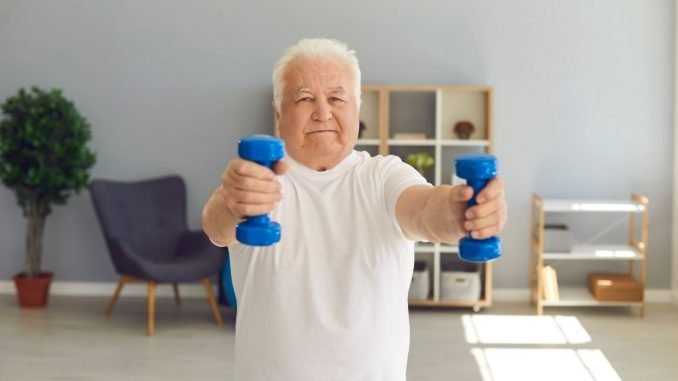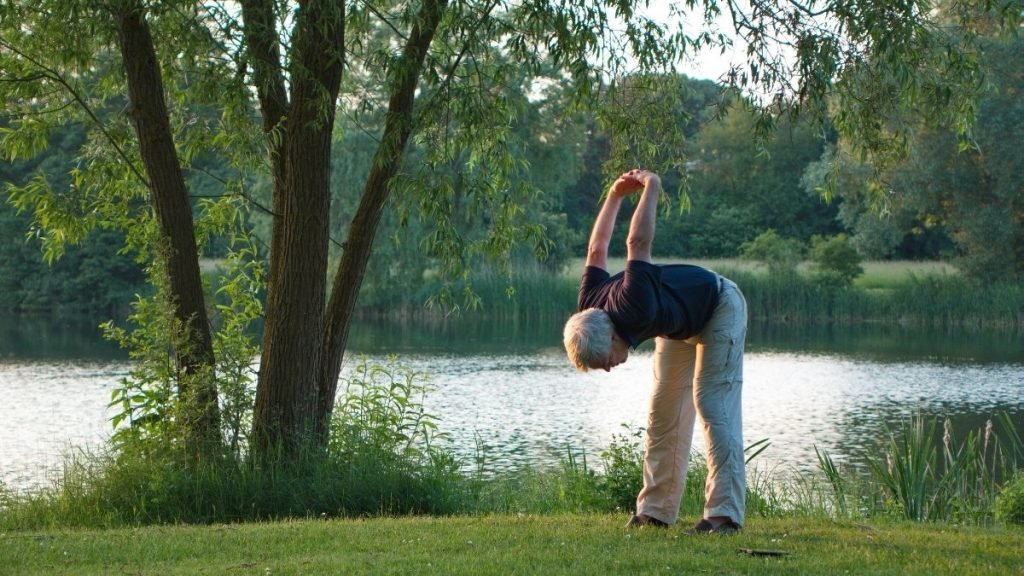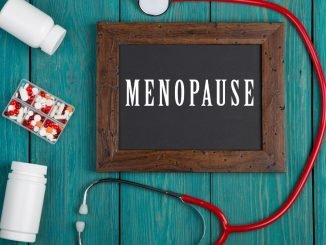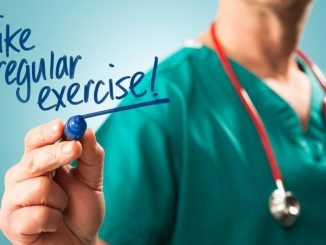
Physical activity is defined as any bodily movement produced by skeletal muscles that require energy expenditure
Physical activity is defined as any bodily movement produced by skeletal muscles that require energy expenditure. The term “physical activity” should not be confused with “exercise”, which is a subcategory of physical activity that is planned, structured, repetitive, and aims to improve or maintain one or more components of physical fitness. Popular ways to be active are through walking, cycling, sports, and recreation, and can be done at any level of skill and for enjoyment.
Physical activity promotes blood and oxygen flows, burns energy, and helps enhance mental well-being – all essential to reducing the risk of noncommunicable diseases (NCDs). It also builds immunity and strengthens the body’s response to communicable diseases. To individuals, the failure to enjoy adequate levels of physical activity increases the risk of cancer, heart disease, stroke, and diabetes by 20–30% and shortens lifespan by 3–5 years.

Insufficient physical activity is one of the leading risk factors for death worldwide, including in the WHO South-East Asia Region, where NCDs cause around 8.5 million deaths every year, many of them premature. Though the Region has a relatively young population, the prevalence of NCDs is increasing mortality, particularly among populations who disproportionately suffer from them. Moreover, physical inactivity burdens society through the hidden and growing cost of medical care and loss of productivity.
Increasing physical activity requires a whole of society and culturally relevant approach and therefore demands a collective effort across different sectors and disciplines. All age groups can benefit from regular muscle-strengthening exercises. Children aged 5-17 require at least 60 minutes of moderate to vigorous-intensity daily aerobic activity. Adults aged 18-64 need 150 to 300 minutes of moderate-intensity weekly aerobic activity. Older persons aged 65 and above require at least 150 minutes of moderate-intensity weekly aerobic activity.
All Member States have incorporated specific points on the promotion of physical activity into national multisectoral NCD action plans and implemented innovative measures to promote physical activity in schools, workplaces and public spaces. All countries are committed to achieving the global target of reducing physical inactivity by 10% by 2025 and 15% by 2030, for which they are leveraging the Global Action Plan on Physical Activity 2018-2030 and its ACTIVE toolkit.



